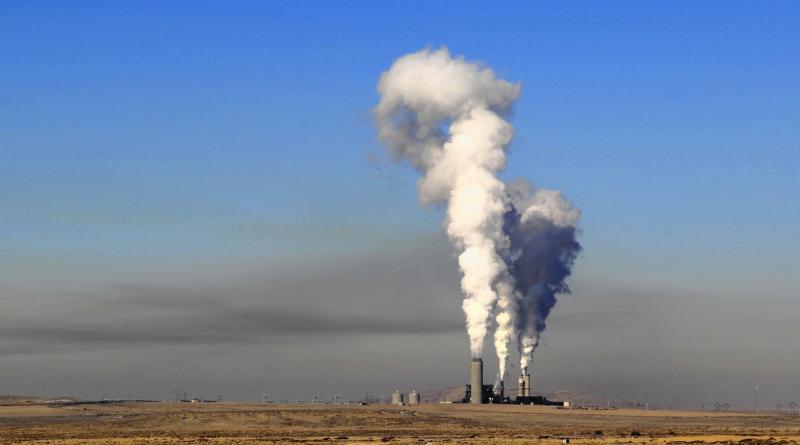Utilities in western U.S. announce coal plant closures, new renewable energy investments.

Coal continues to disappear from the western United States. Two utilities in the region announced plans Friday to close their coal stations — the latest in a series of moves by Western power companies to shutter the former workhorses of their electric fleets.
Colorado Springs Utilities voted Friday to close the two municipally owned coal plants, one in 2023 and another by 2030. Farther south in Arizona, Tucson Electric Power released a proposal to ramp down the usage of its two boilers at the Springerville Generating Station before closing them altogether in 2027 and 2032. The plan is subject to approval from Arizona regulators.
The announcements are part of a wider trend in the West, where utilities have moved quickly to shutter coal plants in recent years. Colorado had 17 coal boilers spread across eight power plants in 2008. Friday’s announcement means only three of the state’s remaining coal boilers are slated to continue running after 2030.
Under the plan approved Friday, Colorado Springs Utilities will close its Martin Drake plant in 2023 and its Ray Nixon plant by 2030. The municipal utility’s “Energy Vision” calls for reducing carbon emissions 80% by 2030. Martin Drake’s closure is notable as it signals the end of one of the last urban coal plants in the country.
It is a similar story in Arizona, where there were 13 coal boilers at five power plants in 2018. Only three boilers are now slated to run past 2032.
Tucson Electric Power said it plans to operate two of Springerville’s four coal boilers on a seasonal basis beginning in 2023, using the units only in the summer months, when power demand is greatest. The move to seasonal operations has gained currency from utilities and environmentalists in recent years. They say the shift can slash emissions and electric bills. Tucson Electric Power will close one unit in 2027 and another in 2032. The utility said it plans to install 2,457 megawatts of new wind and solar by 2035 — a 70% increase in its renewable capacity.
29 June 2020
IEEFA




